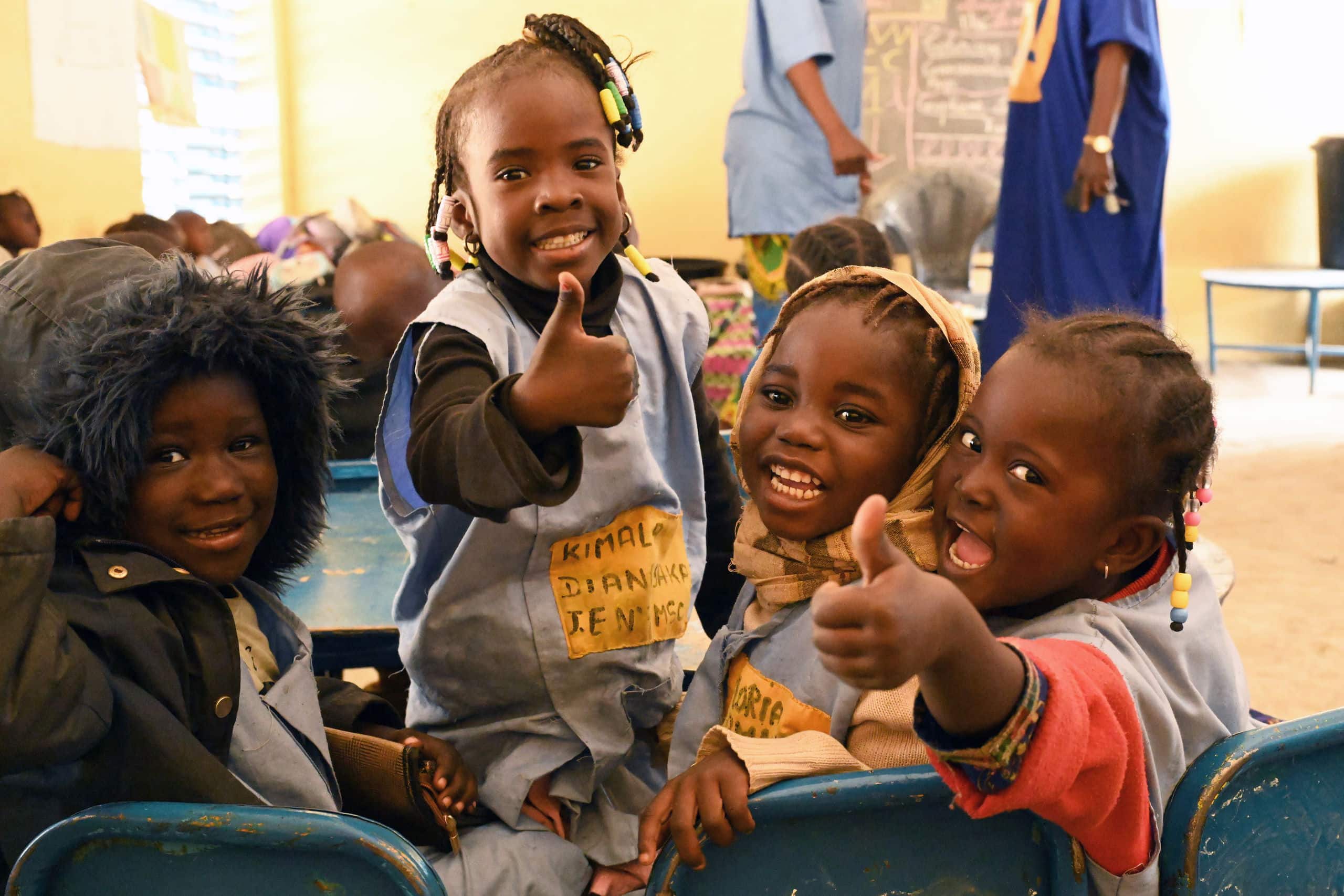The child protection system in the United States plays a critical role in safeguarding vulnerable children from abuse, neglect, and exploitation. Despite the system’s importance, it faces numerous challenges that hinder its effectiveness and ability to protect those who need it most. This blog post delves into the key challenges facing the U.S. child protection system today, highlighting areas that require urgent attention and reform.
1. Overburdened and Understaffed Agencies
One of the most significant challenges within the U.S. child protection system is the overwhelming caseloads that child protective services (CPS) workers must manage. With limited staff and resources, caseworkers are often responsible for far more cases than they can handle effectively. This leads to burnout, high turnover rates, and, most concerningly, children slipping through the cracks.
Example: In many states, caseworkers handle upwards of 20 to 30 cases simultaneously, far exceeding the recommended caseload of 12 to 15. As a result, crucial follow-ups may be delayed, and thorough investigations may be compromised.
Practical Tip: Addressing this issue requires increasing funding for child protection agencies, improving recruitment and retention efforts, and ensuring caseworkers receive adequate training and support.
2. Inconsistent Standards and Practices Across States
The U.S. child protection system is decentralized, with each state setting its own standards and practices. This results in a lack of uniformity, where a child’s protection and welfare may depend on their location. Some states may have more robust systems and resources, while others struggle with outdated policies and underfunded programs.
Example: A child in one state might be removed from an unsafe home environment quickly, while a child in another state might remain in a similar situation due to different standards and protocols.
Practical Tip: Advocacy for federal guidelines that ensure a baseline of child protection across all states is crucial. This could include nationwide standards for caseworker training, investigation timelines, and family support services.
3. Racial and Socioeconomic Disparities
Racial and socioeconomic disparities in the U.S. child protection system are a significant concern. Children from minority communities and low-income families are disproportionately represented in the system. These disparities can be attributed to various factors, including systemic biases, poverty-related stressors, and limited access to support services.
Example: African American children are more likely to be reported to CPS, investigated, and removed from their homes than their white counterparts, even when controlling for similar circumstances.
Practical Tip: Implementing cultural competency training for child protection workers, increasing access to preventive services in underserved communities, and addressing systemic biases within the system are essential steps toward reducing these disparities.
4. Inadequate Mental Health Services
Children involved in the child protection system often experience significant trauma, yet access to mental health services is frequently inadequate. Many children in foster care or under CPS supervision do not receive the therapeutic support they need to heal and thrive, leading to long-term emotional and psychological challenges.
Example: A study found that nearly 80% of children in foster care have significant mental health needs, yet only 25% receive the necessary services.
Practical Tip: Expanding access to mental health services for children in the system, training foster parents and caseworkers to recognize and address trauma, and integrating mental health care into child protection services are vital steps.
5. The Complexity of Family Reunification
While the goal of the child protection system is often to reunify children with their families, this process can be fraught with challenges. Reunification requires not only the resolution of the issues that led to the child’s removal but also ongoing support to ensure the family remains stable. Unfortunately, many families do not receive the necessary resources and support, leading to repeated CPS involvement or failed reunifications.
Example: A family struggling with substance abuse may successfully complete a treatment program, but without ongoing support, they may relapse, resulting in the child’s re-entry into the system.
Practical Tip: Providing comprehensive post-reunification services, such as parenting classes, substance abuse counseling, and financial assistance, can help families maintain stability and prevent future CPS involvement.
6. Foster Care System Struggles
The foster care system, which provides temporary homes for children removed from their families, faces its own set of challenges. There is a shortage of foster families, and many children are placed in group homes or institutions, which may not provide the individualized care they need. Additionally, foster youth often experience frequent placement changes, leading to instability and disrupted relationships.
Example: A child in foster care may be moved from home to home multiple times, disrupting their education, social connections, and sense of security.
Practical Tip: Recruiting and supporting more foster families, ensuring stability in placements, and prioritizing family-like settings over institutional care are critical for improving the foster care experience.
7. Legal and Bureaucratic Hurdles
Navigating the legal and bureaucratic aspects of the child protection system can be daunting for both families and professionals. Lengthy court proceedings, complex regulations, and inconsistent judicial decisions can delay permanency for children and create additional stress for all involved.
Example: A child’s case may be delayed in court for months or even years, prolonging their time in foster care and uncertainty about their future.
Practical Tip: Streamlining legal processes, increasing the availability of legal representation for children and families, and prioritizing timely resolutions in child welfare cases can help mitigate these challenges.
8. Lack of Preventive Services
Prevention is a critical component of child protection, yet many families do not have access to the services they need to address issues before they escalate to CPS involvement. Early intervention services, such as parenting support, substance abuse treatment, and financial assistance, can prevent many cases of abuse and neglect.
Example: A family facing financial hardship may struggle to provide adequate care for their children, leading to neglect. Access to financial support and community resources could prevent CPS involvement.
Practical Tip: Expanding access to preventive services, particularly in underserved communities, is essential for reducing the need for CPS intervention and promoting family stability.
9. Insufficient Focus on Child Voice and Agency
Children in the system often lack a voice in decisions that impact their lives. While the system is designed to protect them, it frequently overlooks their perspectives and desires. Ensuring that children are heard and involved in the decision-making process is vital for their well-being and empowerment.
Example: A teenager in foster care may have strong opinions about their placement and future but may not be consulted or included in discussions about their case.
Practical Tip: Child protection agencies should prioritize child-centered approaches that actively involve children in decisions about their care, ensuring their voices are heard and respected.
10. Challenges of Aging Out of the System
For children who age out of the foster care system without being reunified with their families or adopted, the transition to adulthood can be especially difficult. Many lack the necessary life skills, education, and support networks to succeed independently, leading to increased risks of homelessness, unemployment, and involvement in the criminal justice system.
Example: A youth who ages out of foster care at 18 may struggle to find stable housing or employment, leading to instability and poor outcomes.
Practical Tip: Providing extended support for youth aging out of the system, including access to education, job training, housing assistance, and mentoring programs, can help them transition successfully to adulthood.
Conclusion
The U.S. child protection system is tasked with one of the most critical responsibilities: safeguarding the well-being of children. However, it faces numerous challenges that require immediate attention and reform. By addressing issues such as overburdened agencies, racial disparities, inadequate mental health services, and the complexities of family reunification, the system can better serve vulnerable children and families. Ensuring that children have a voice, expanding preventive services, and providing support for those aging out of the system are also essential steps toward creating a more effective and compassionate child protection system.
Achieving meaningful change will require a concerted effort from policymakers, child protection professionals, communities, and advocates. By working together, we can ensure that every child in the U.S. receives the protection, care, and support they deserve.


